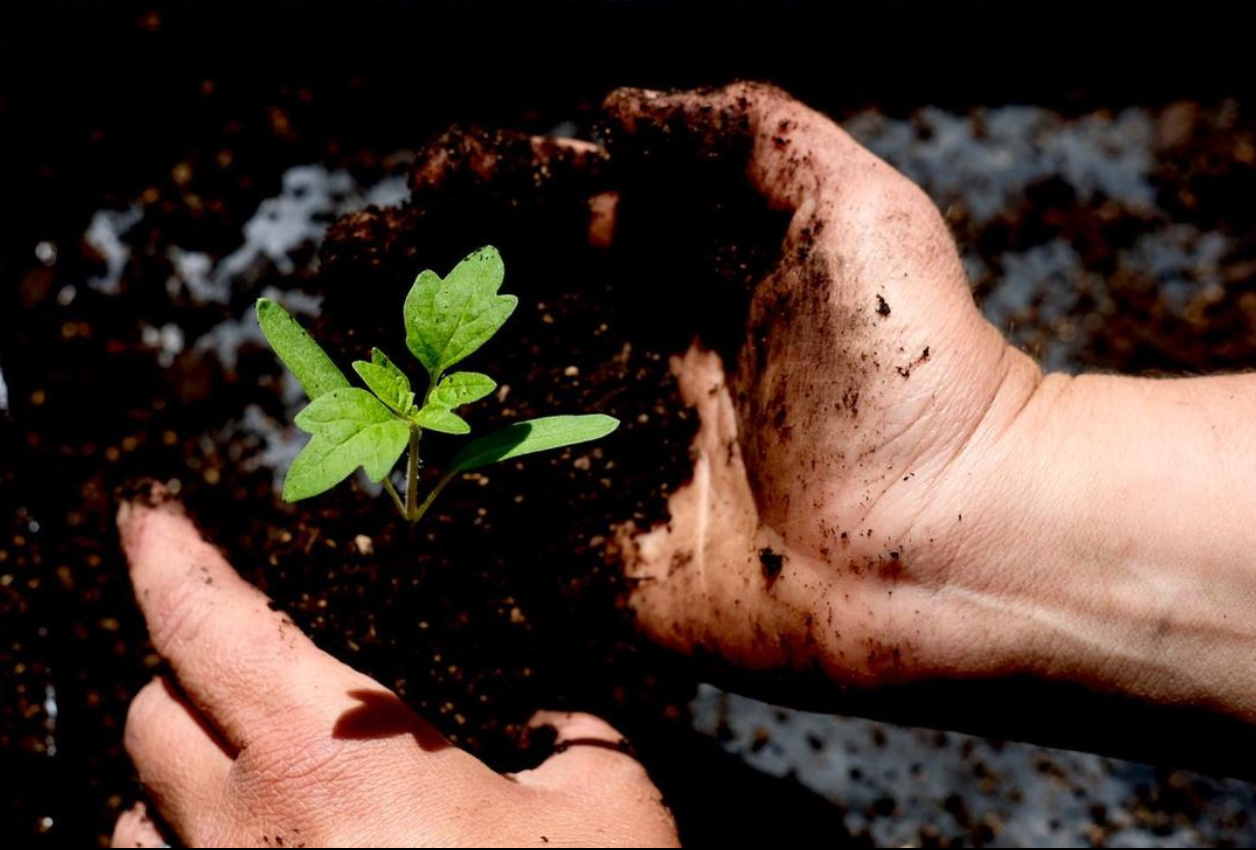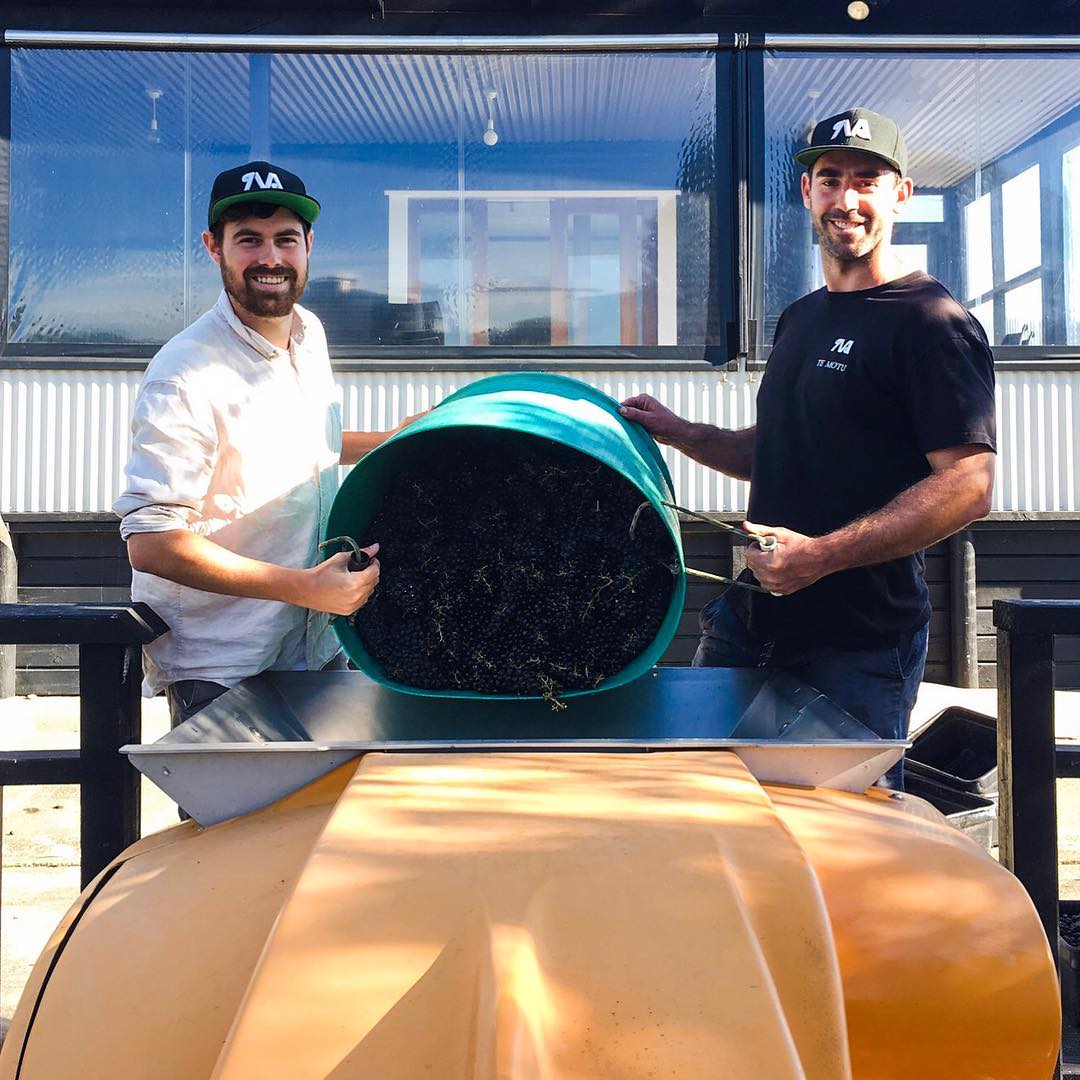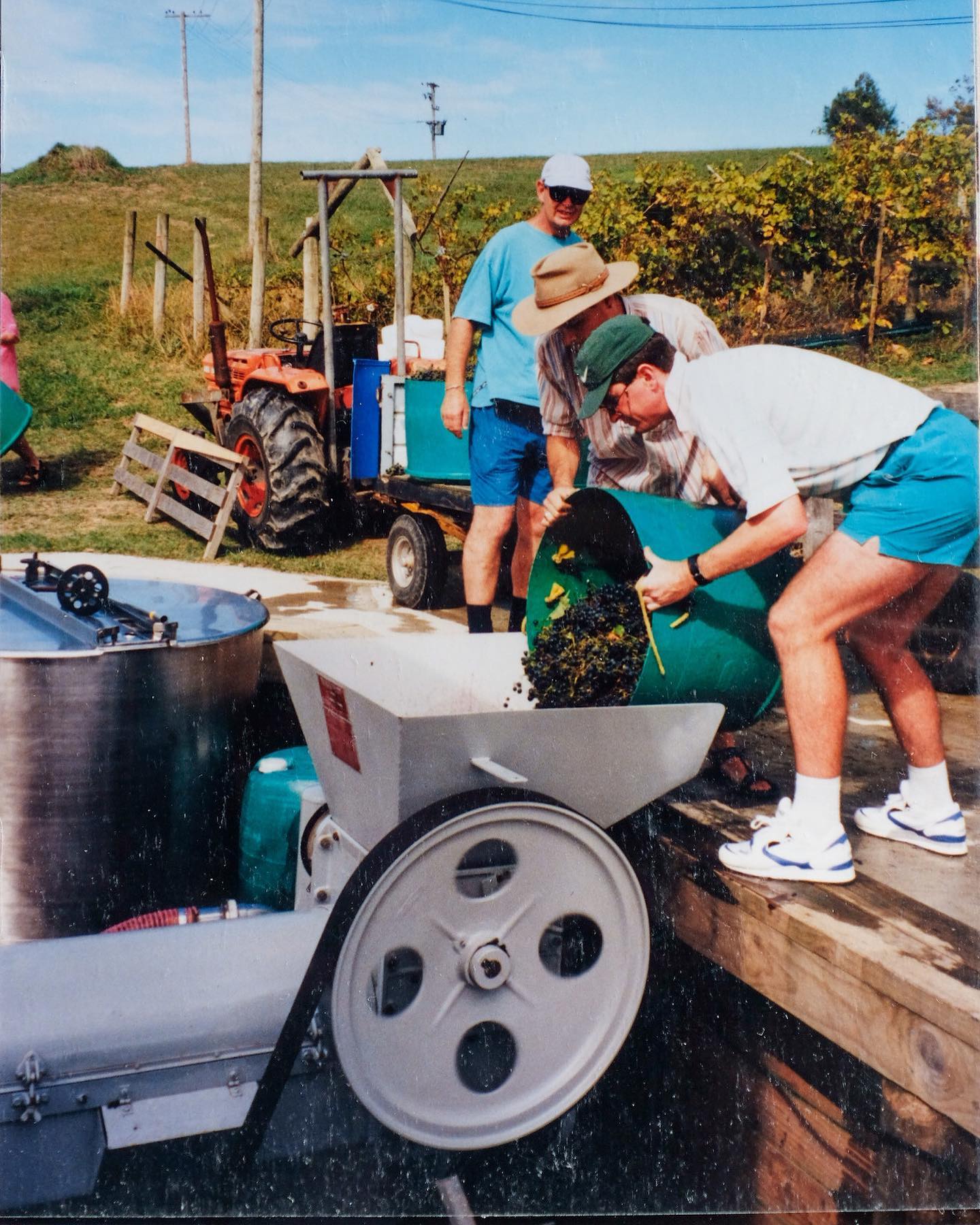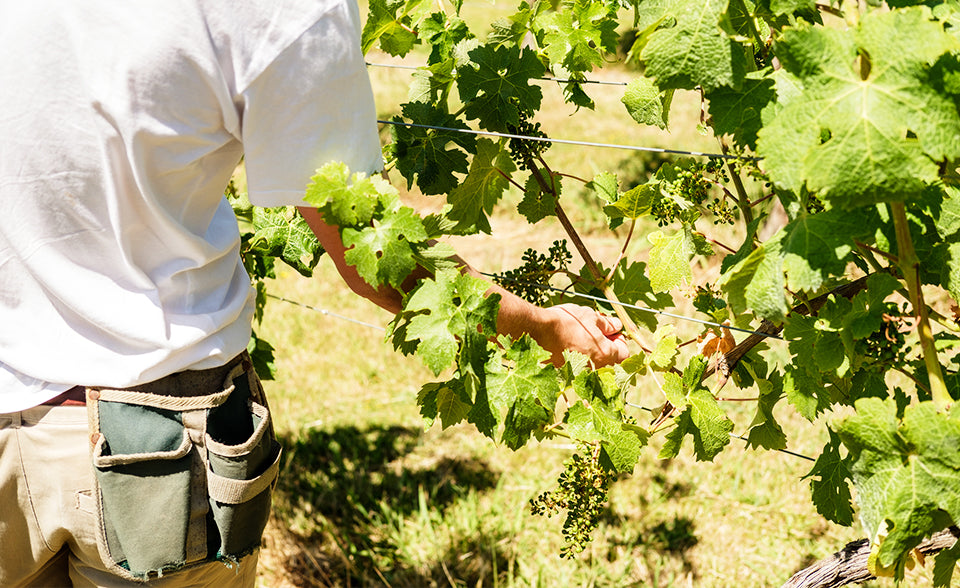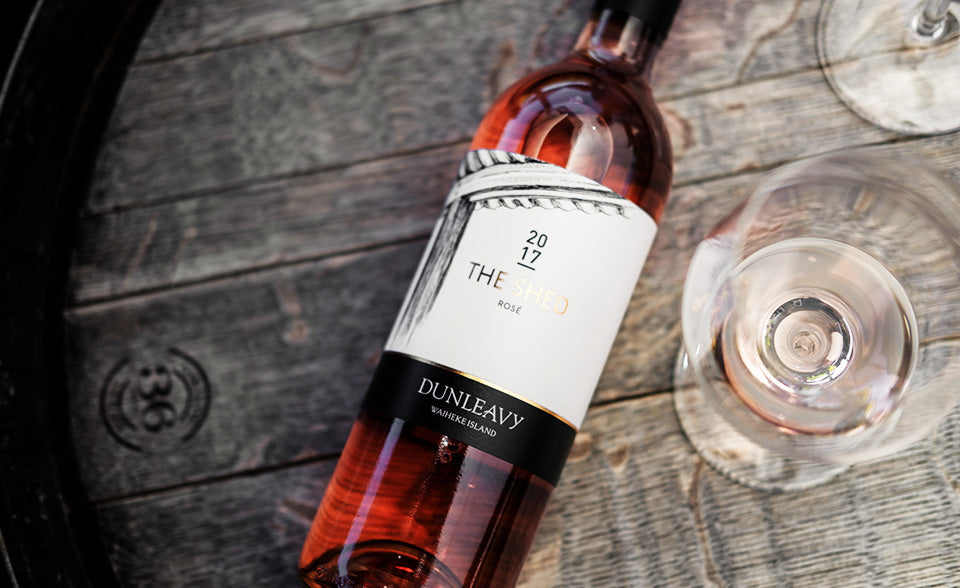ABOUT US.
OUR HERITAGE
The vineyard’s name ‘Te Motu’ comes from the original Maori name for Waiheke, Te Motu Arai Roa ‘island of long shelter’.
The Te Motu Vineyard’s story began in 1988 when the Dunleavy family procured 30 acres of prime “vineyard valley” and nourished it into a haven of premier wine. As one of the pioneers of the Waiheke wine movement, the family’s vision was clear from the outset: To master wines of the ‘Bordeaux’ style, comprised predominantly from a blend of Cabernet Sauvignon and Merlot. In 1989 the first vines were planted. The first vintage of Te Motu was produced in 1993.
Te Motu’s vineyard lies in the heart of Waiheke Island’s Onetangi Valley, where it is sheltered from the north by the ridge which guards Onetangi’s famous beach, and from the west by the massive rocky outcrop known as Stonyridge. One of Te Motu vineyard’s boundaries is formed by the Rangihoua creek, which flows into an inlet of Putiki Bay. The inlet was named Te Rangihoua, ‘day of renewal,’ by Tama Te Kapua, captain of the Maori canoe Te Arawa – because it was his first landfall in the long voyage from Hawaiiki. There, Te Arawa was relashed before continuing on to its final landing place at Maketu.
A taste of the land
Waiheke Island’s Onetangi Valley features Jurassic-age Waipapa Group soil and a unique micro-climate, making it one of the best places in the world to grow Cabernet and Merlot grape varieties. The original rock composition has been largely converted to clay minerals and enhanced by many years of soil testing and element application.
Te Motu’s soil quality is outstanding, and its north-facing location retains warmth overnight, enhancing the development of the natural phenolic compounds that affect the taste, colour and mouth-feel of wine. It is this unique mesoclimate that supports a long, steady but slow growing season – perfect for the production of highly complex and long-lived wines.
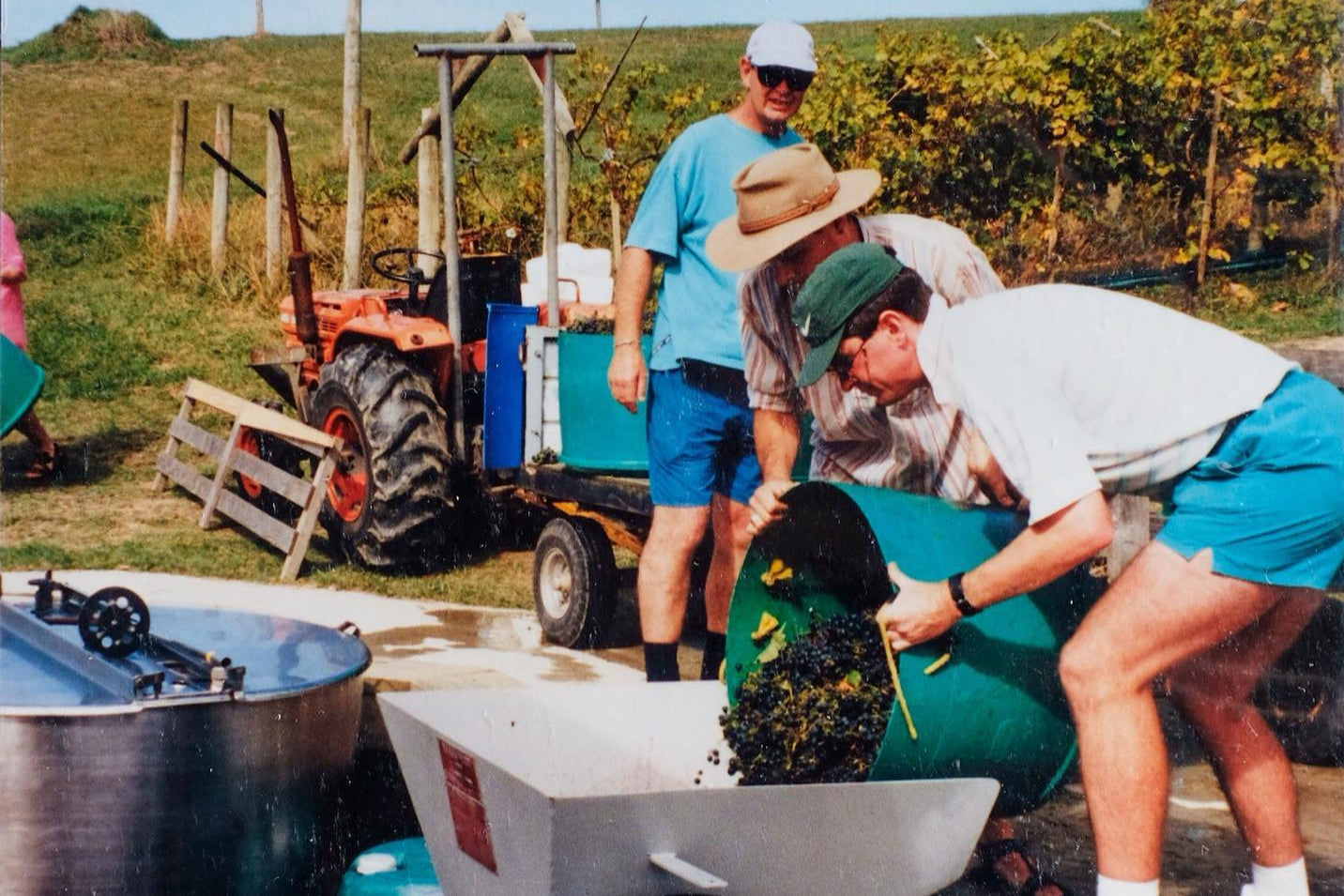
TE MOTU PHILOSOPHY.
BALANCE IN ALL THINGS
The vision at Te Motu is simple: to produce wines that express the unique terroir of Onetangi Valley and continue to evolve and improve with age. To this end, it is important that vineyard and winery practices work towards balance at all stages.
Using only the highest quality fruit, harvested at optimum ripeness, affords a lower intervention, crafted approach. The belief is: the more a wine is handled before bottling, the more is taken from the finished wine. Most years, crops are green harvested to achieve physiological ripeness at relatively moderate alcohol levels.
Berries are hand harvested from low-yielding vines, and gently de-stemmed (not crushed) within 15 minutes of harvest. Wines are matured in barrel for twelve to eighteen months depending on the cuvee and the needs imposed by the vintage. Barrels are sourced from a diverse range of the best French coopers to enhance the complexity of the blend. The percentage of new wood used varies depending on the ripeness, weight and extract of the wine as defined by the vintage.
The Te Motu flagship wine is a Cabernet Sauvignon dominant blend with Merlot, Cabernet Franc and Malbec. The blend varies from year to year and on average only 4500 bottles are made in each vintage. Each constituent variety is aged separately in its barrels, which are tasted after about 12 months, to determine which shall be drawn off, leaving the best to mature another six months before being bottled as Te Motu. Typically, Te Motu is bottle aged a further three and a half to four years before being released.
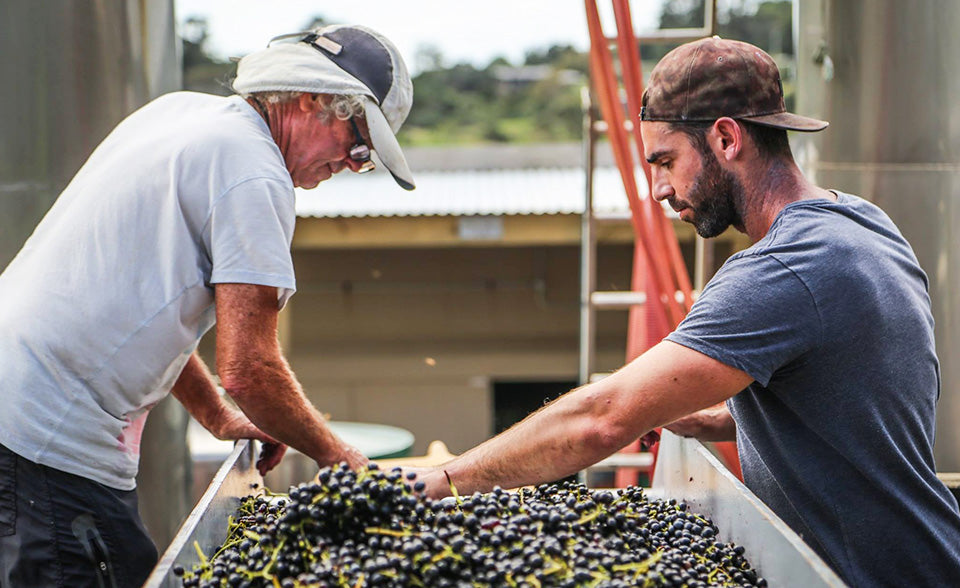
A family legacy on Waiheke Island
Te Motu is the story of a family and their deep-rooted love for the land — and for New Zealand wine.
Established in 1989, Te Motu is Waiheke Island’s oldest winery still run by its founding family. From the very first vines planted in the heart of the Onetangi Valley, our vision has been to craft wines of longevity — wines that speak of place, time, and the generations who care for them.
That vision was shaped by Terry Dunleavy — father to Paul and John, and one of the founding figures of New Zealand Winegrowers (then the Wine Institute of New Zealand). His work championing New Zealand wine on the world stage, and the friendships he formed with the country’s early pioneering winemakers, had a profound impact. It was through him that Paul and John were drawn into the industry — and ultimately, to Waiheke.
Paul led the early planting of the Te Motu vineyard in 1989, with John soon joining him and becoming Te Motu’s winemaker. For nearly three decades, John shaped the style and identity of our wines, before retiring in 2018.
Today, Te Motu remains proudly family-owned, led by the second generation. Since 2018, Rory Dunleavy has carried forward his father Paul’s vision, embracing both tradition and innovation while staying true to the spirit of custodianship that defines the estate.
In the vineyard, Matt Dixon has been part of the Te Motu family since 2015. Stepping into the role of winemaker in 2020, Matt brings fresh energy and deep respect for the land, continuing the work begun over three decades ago and guiding our wines into the future.
We farm with respect for the land, and we hold back wines from each vintage to create a rare experience for our guests: the opportunity to taste across decades. Our vertical tastings — offering library vintages alongside current releases — are at the heart of what makes Te Motu unique.
Situated in the heart of the Onetangi Valley, Te Motu sits among the most celebrated Waiheke wineries. As one of the original vineyards Waiheke Island visitors discover, our estate offers a truly memorable wine tasting experience — from aged Cabernet Merlot to thoughtful wine pairings at our restaurant. Whether you're exploring Waiheke vineyards for the first time or returning for something rare, we invite you to share in our story.
SUBSCRIBE TO OUR EMAILS
Keep up to date with our latest news, events, and special deals!

